In the field with the Canon 11-24mm f/4L

Canon 11-24mm f/4L USM
My preference for landscape photography may suggest that acquiring the Canon 11-24mm f/4L would be an easy question for me to answer. The price tag of $3000 slowed me down a bit but I finally bought the lens and had a chance to test it when recently photographing in Utah (Zion National Park) and Arizona (Grand Canyon National Park).
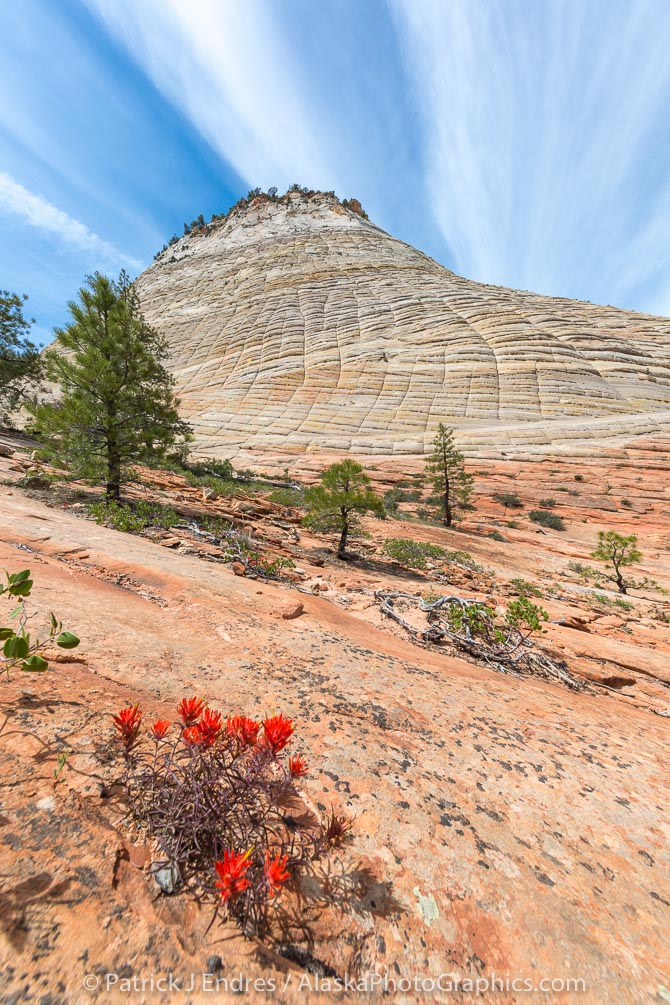
Checkerboard Mesa, Zion Canyon National Park, Utah
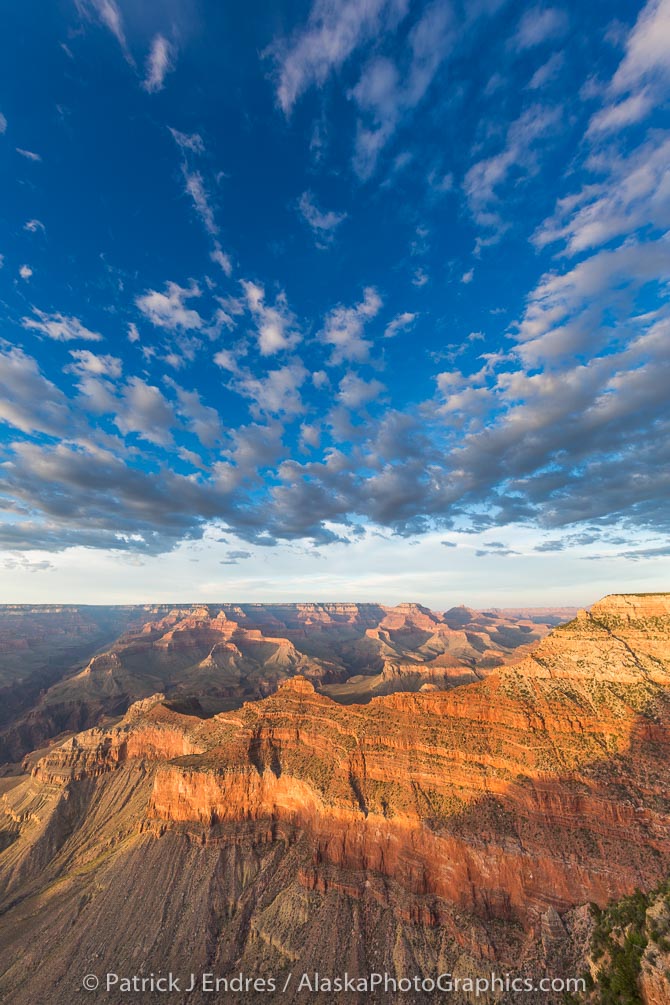
South Rim, Grand Canyon National Park, Arizona
This is not a full, technical review of the lens, others have done a great job at that (a great review of the Canon 11-24mm f/4L is at the digital picture). Instead, these are my more practical thoughts on using this lens in the field. I often find that the only way to really know if a particular lens will work for me is to simply give it a try in the context of my specific shooting style, methods and locations.
The lens
For starters, this lens stands alone as the widest rectilinear zoom lens out there. It is big and heavy, at 2.5 pounds, with a giant front element just hungry for dust, water splashes, and potential scratches. Since the human eye sees at an approximate 50mm equivalent, looking at the world via 11mm is quite a different look. There is a considerable “reinterpretation” of the landscape that takes place.
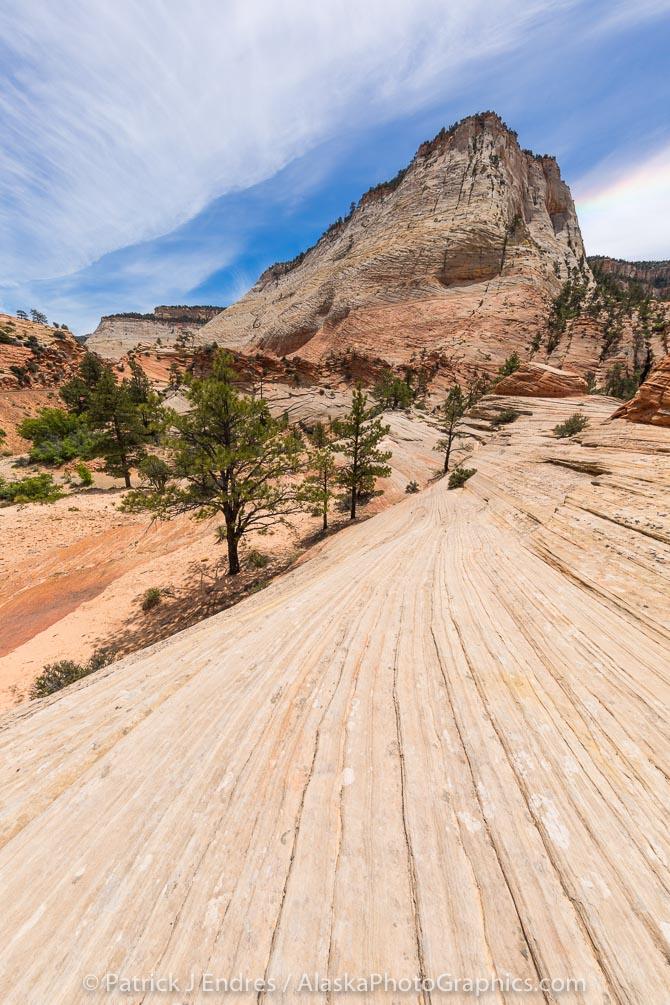
Checkerboard Mesa, Zion Canyon National Park, Utah
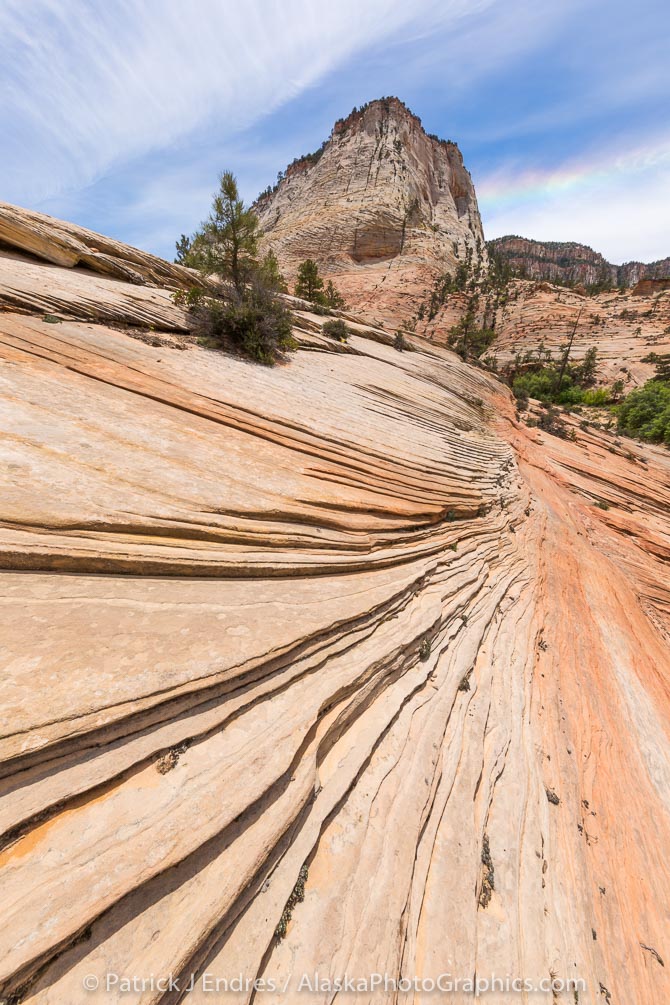
Checkerboard Mesa, Zion Canyon National Park, Utah
The lens cap
The lens cap is equally large, with a broad wrap around edge, which I no longer own because it slipped out of my coat pocket and bounced (like a spare tire) along the rocks of the North Rim of the Grand Canyon, leaping through an open space in a Juniper tree for a base jump down the canyon. I tried to order a replacement, but they are not even available yet. Not being able to protect the front element with a filter, and being cautious about scratching that big hunk of glass, puts this lens in a different category from my normal “crawl around and don’t worry about the lens” shooting style. In the future, I’ll make sure the lens cap is in a secure pocket when scrambling around looking for photo perspectives. In addition, I now have a large, soft cloth as a backup cover so I can at least put it in my bag with some protection.
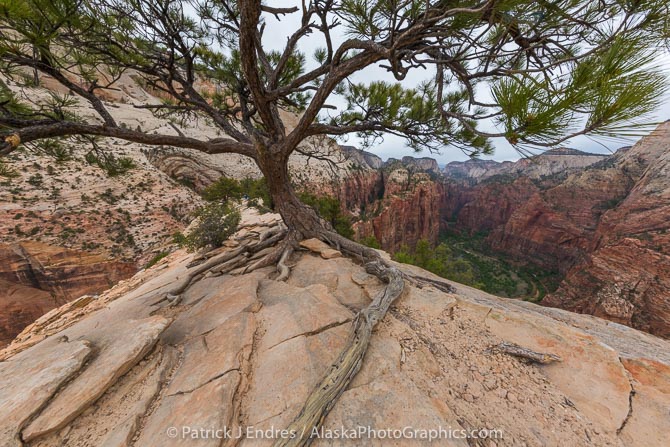
Angel’s Landing, Zion Canyon National Park, Utah
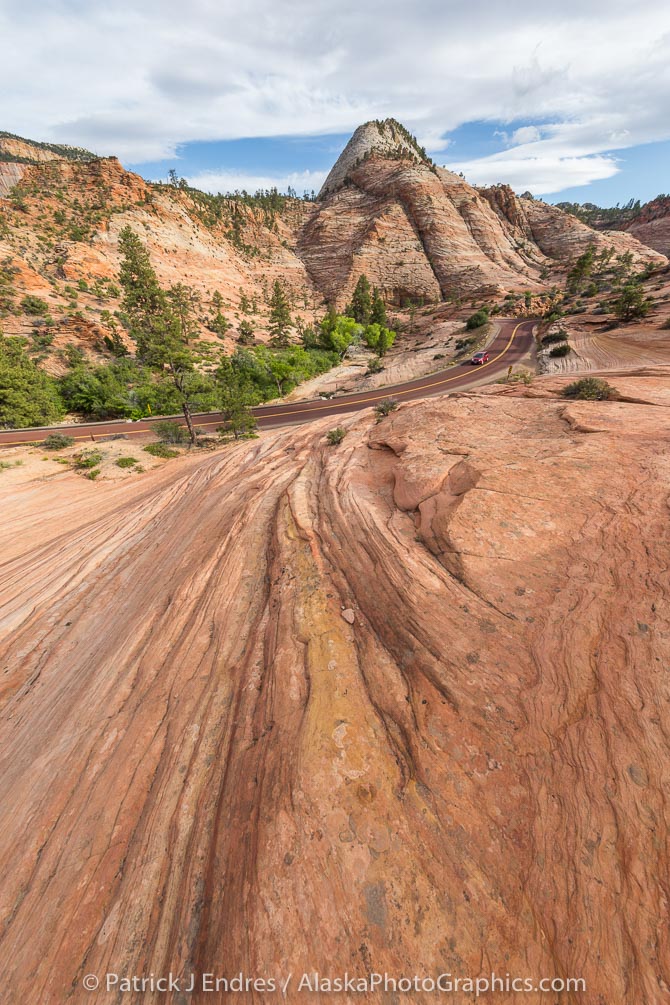
Zion Canyon National Park, Utah
Shooting at 11mm
Although I photograph ultra-wide quite often, using a focal length of 11mm is not an automatic decision. The amount of real estate apparent in the frame is immense, and composition becomes extremely critical. The basics of wide angle landscape photography become screamingly clear. A foreground is fundamental and critical. As a general rule, being within a foot a foreground object is helpful with this lens, unless you are using it to grab sky. Watch out that you don’t include your feet, shadow, or tripod in the frame!
Lens flare and sunburst
Because the lens grabs such a wide view, lens flare can be an issue on a sunny day, although it handles that quite well. Holding a hand high above the lens and out of view can curtail lens flare pretty easily. But, the camera and lens, held with one hand is pretty heavy and a tripod can help a lot for stability in these cases. The truth is however, that I am often using this lens without a tripod, so finding a secure posture that gives stability is important. The 9 blade circular aperture renders a clean and pleasing sunburst, with 18 point star shapes, unlike the 24-105mm (one of my most used lenses), which is often messy and full of flare.
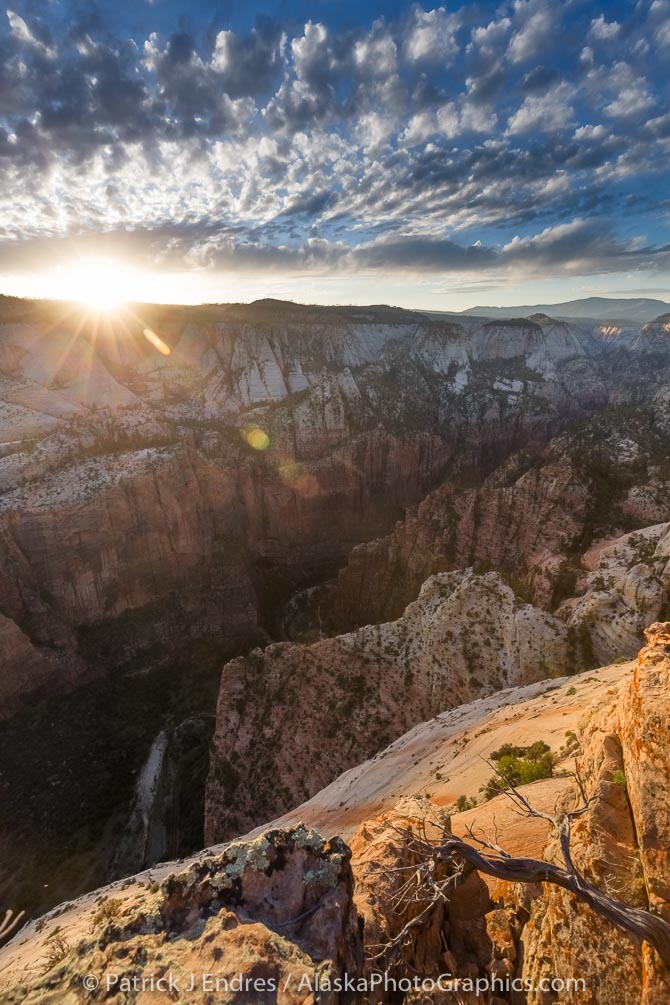
Zion Canyon National Park, Utah
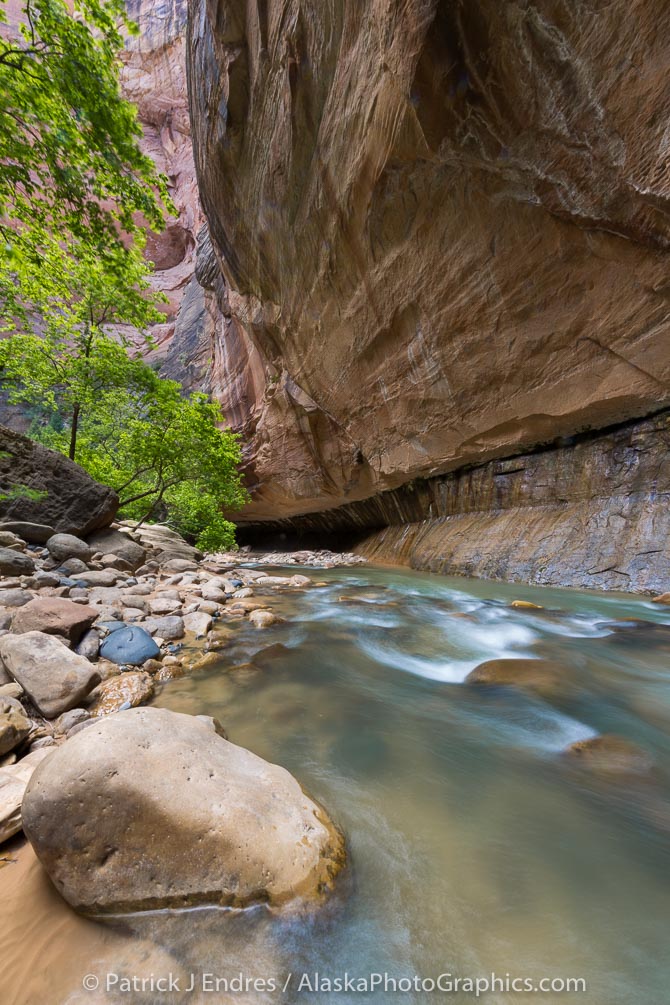
The Narrows, Zion Canyon National Park, Utah
Panoramas
It might sound silly that one would even think of needing a panorama stitch made from this lens because it covers such a wide focal range to begin with. But, sometimes I like a larger file size, and I did generate a few panoramas from this lens. One thing worth noting is to use about an 80% overlap when taking the subsequent photos to be stitched later. This is because there is so much distortion between the beginning and ending frame, and the stitching process works much better with considerable overlap.
Conclusion
I do find it a little ironic that I purchased this lens right at the same time I’m considering getting a mirrorless camera system to save on size and weight when doing backpacking and remote hiking excursions. The truth is, lenses have their specific use. And, they can really shine when used in that appropriate situation. The “one lens to rule them all” remains as elusive as the “one camera to rule them all.” For now, my lens kit gets continually tweaked, and I load my camera bag with what is the most appropriate for the specific task at hand. While writing this, I’m packing for a hiking trip in the Brooks Range, and the 11-24 is not in bag. Instead, I switched over to the 16-35mm f/4L IS, which is pretty wide, and lighter than the f/2.8 version. All in all, I really love what the 11-24 can do, and it is a keeper for me and my shooting style.
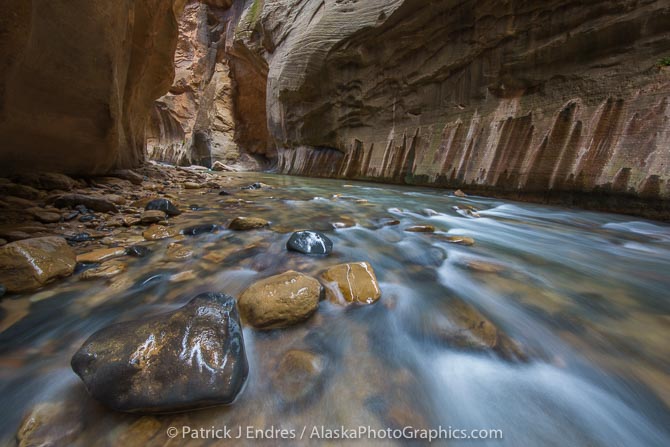
The Narrows, Zion Canyon National Park, Utah
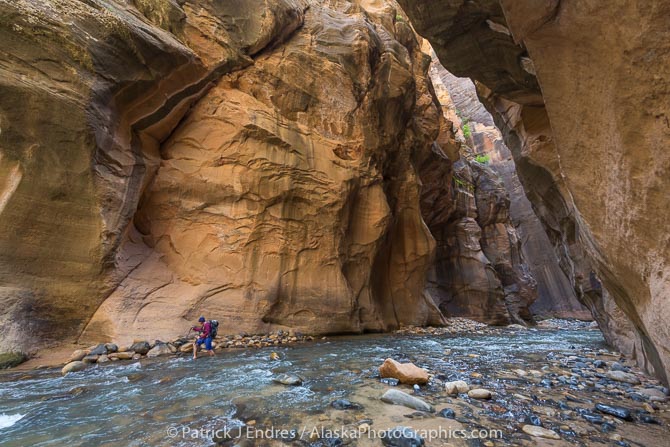
The Narrows, Zion Canyon National Park, Utah






